IBAMA (the Brazilian Forestry Dept) has announced the suspension of CITES exports on some concessions. This directly impacts the availability of Ipe and Cumaru, both popular decking materials known for durability and resistance to the elements. You may remember that both Ipe and Cumaru were added to CITES appendix II late in 2024. This recent announcement has created additional roadblocks to obtaining CITES documents. Basically creating additional wrinkles for export permits. Certainly we are not surprised by this move as we have been talking about the Ipe market for decades, highlighting changes as our employees in Brazil monitor the trade. As Ipe becomes less accessible, it’s essential to explore other decking options that provide similar benefits and are sustainable managed. Here, we will examine various Ipe alternatives as well as Cumaru, and consider the future of sustainable practices in the decking industry.
Let me remind the readers here of a direct quote I posted last year
Trade is not contributing to the decline of [Ipe] in our country, quite the opposite. Sustainable management projects are a part of our policy to keep the forest up, to avoid deforestation. When we create new bureaucracy and barriers to trade and when we increase costs, we are discouraging these projects. We are allowing for people who live in the forest to look for other ways of surviving. Remember that our information management and control systems can be considered as the most robust in the world. All our information management systems are now digital and we are well equipped to manage these projects.
-Joao Pessoa Moreira, Director of Sustainable Use of Biodiversity and Forests at IBAMA

In many ways the recent permitting changes are exactly what most were afraid of when Ipe was first proposed to CITES. The control systems in place are already doing the job and additional regulation can only serve to complicate the market further. But in any market it is wise that all parties both sellers and buyers constantly be looking for new products as alternatives. So let’s dig in to the Cumaru and Ipe alternatives
The Impact of Export Restrictions on Ipe & Cumaru
In theory these regulations aim to curb illegal logging and ensure sustainable practices, but they also have a profound impact on businesses and communities that rely heavily on the already sustainable harvestry of Ipe for their livelihood. In the case of Ipe and Cumaru, CITES has added an additional and unnecessary layer of politics and bureaucracy to an already well managed and sustainable trade. Current documentation requirements already detail every step in the chain. From harvest to export.
It makes one wonder what additional documentation hopes to uncover or monitor to an already comprehensive view from forest to export.
The economic implications for companies dependent on Ipe are substantial. Many businesses face increased costs and logistical challenges due to the limitations imposed on the export of these valuable woods. This can lead to higher prices for consumers and potential shortages in the market, affecting everything from decking to furniture manufacturing. As companies adjust their sourcing strategies, it may also prompt a shift towards more readily available alternatives.
Exploring Decking Alternatives to Ipe & cumaru
Since the 2 species were listed on appendix II at the Convention of Parties 19 in at the end of 2022, many Cumaru and Ipe alternatives have been listed. We have a guide to tropical decking species if you want a more comprehensive look at the myriad of woods. But here I want to propose actual alternatives based on the material we are selling and feedback from our contractors and architects using wood for decks. This is not a list post designed to capture search engines, but an experience based 1 for 1 RECOMMENDATION to fill the void that added regulation and sourcing delays will cause for both Ipe and Cumaru.
Cumaru Alternative
Honestly this one is easy. Tali is a near dead ringer for Cumaru. In fact I have to use a hand lens to tell the two apart and closely examine the parenchyma structure. We already stock this 100% FSC species and sell it as both decking and cladding options. You can learn more about it on our Tali product page. If you want to see specifically how it compares to Cumaru then read more here.
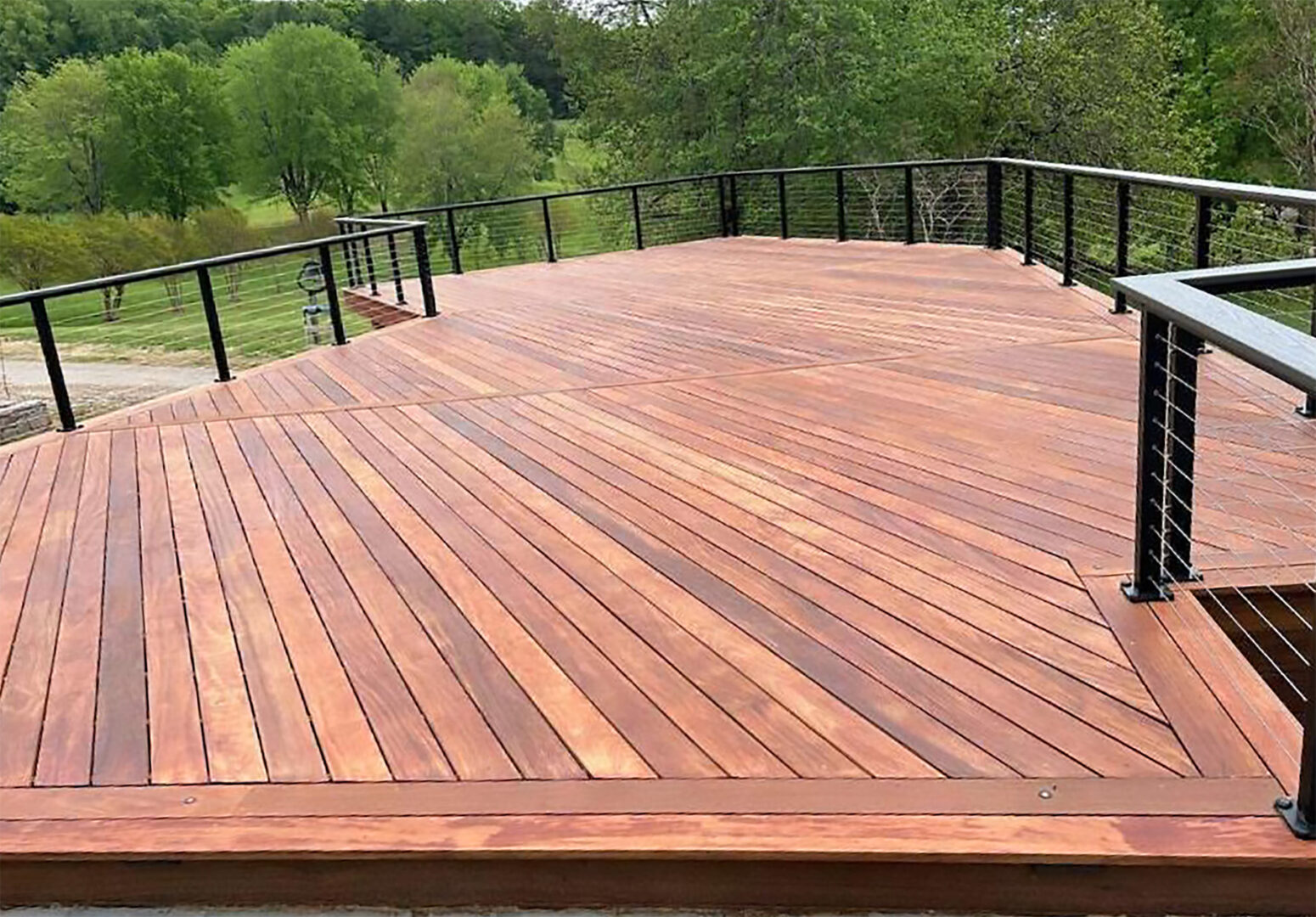

Ipe alternatives
The future of Ipe availability is increasingly uncertain. I know, this is the same thing you have heard me say for more than 15 years. But because of this constant pressure and uncertainty we have been closely considering alternative wood products and can with great confidence stand behind the alternatives listed above. Moreover we have this material already in stock on our yard and have been selling it for many years. These are proven wood species and not experimental or new products. The supply chains are established as are the sustainable forestry practice. Ipe is not gone but as demand continues to outstrip supply, market trends suggest that prices for Ipe will rise, making it a less accessible option for builders seeking quality decking materials. The good news is there are some outstanding products already in use in our market that will fill the space.
Ipe is actually a pretty variable species in appearance. Lovers of it usually fall into 2 camps: the exotic brown look and the exotic red look. The irony to this whole discussion is there are some decking options that better fit into those 2 camps than Ipe actually does. Both options are hard and durable like Ipe and in both cases more stable.
The Exotic Red Look:
Jatoba: known as Brazilian Cherry in the flooring world, Jatoba has been installed on decks for the better part of 10 years. In fact long time readers of this site will know it was my pick as an Ipe alternative 11 years ago when I wrote this Jatoba vs Ipe article. So it is not just a whim that we recommend it as the primary alternative, we know it based on more than a decade of using it as such. It is extremely hard, holds a class A fire rating and is a consistent deep red color. As a tropical wood it has the tight, close grain with a deep luster and even oily sheen. It can be finished to maintain that color like we have done with our Kona decking product or it can be left unfinished to turn to a weathered grey. It is readily available in large quantities and can be had in the same dimensions as Ipe. Even large timbers are available. New Yorkers have been learning on huge pieces of Jatoba for years now at Little Island were we supplied hand railing. Honestly this is the clearest of the Ipe alternatives.
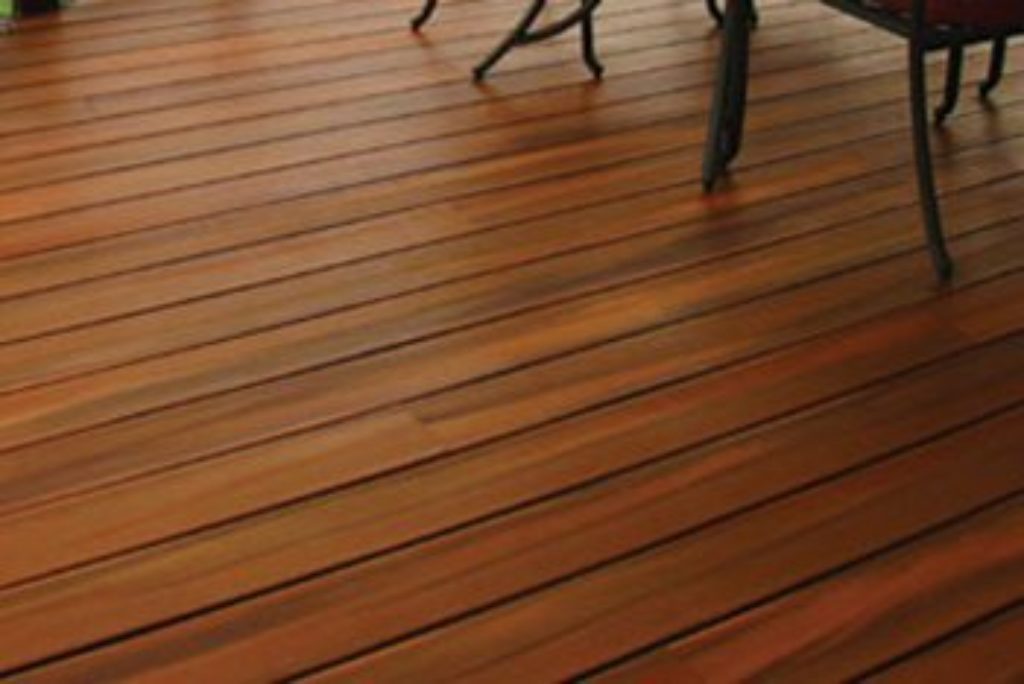
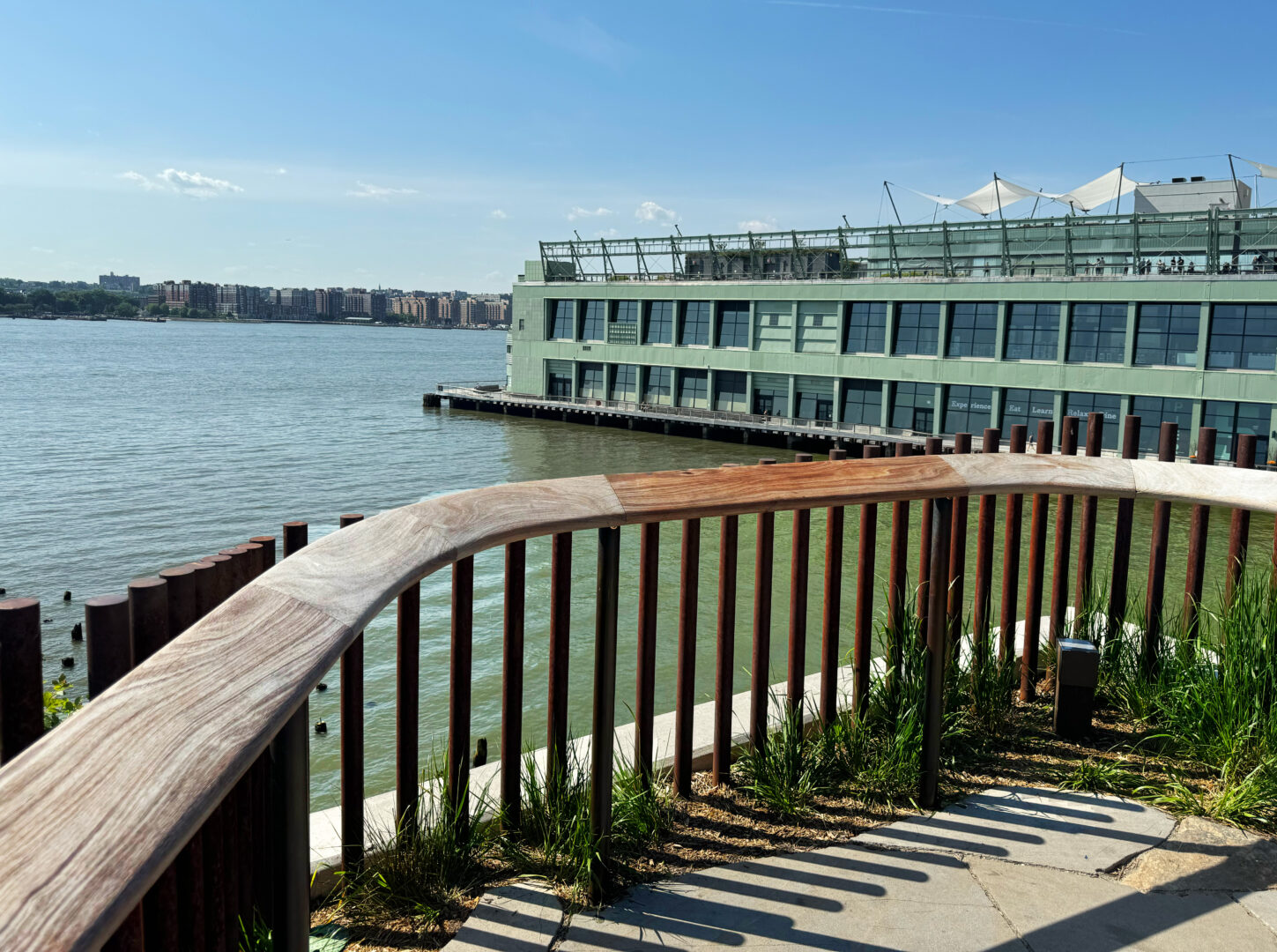
Red Balau: this is a 100% FSC species that comes out of Indonesia. The FSC status is why I am including this as an additional option. It has a similar grain to African Sapele and can even show some of the attractive ribbon strip in quartersawn boards. It is very hard, rot resitsnt, and a deep red color. It is one of the most color consistent decking species on the market. It can be finished to maintain the color like we have done with our Arcadia Decking or left unfinished to grey out.
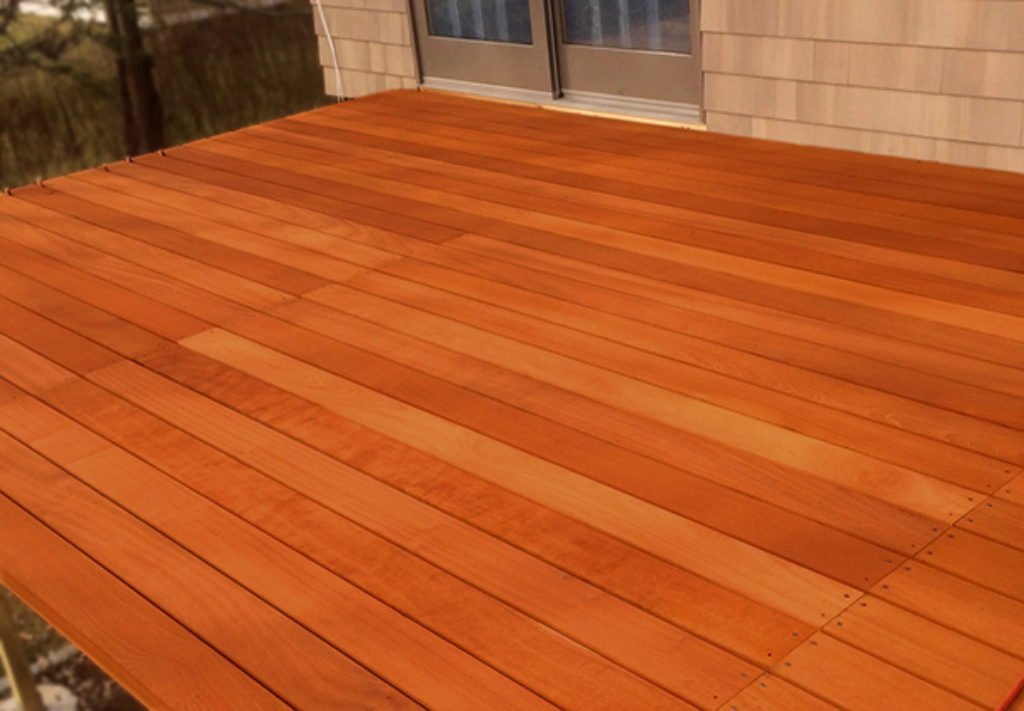
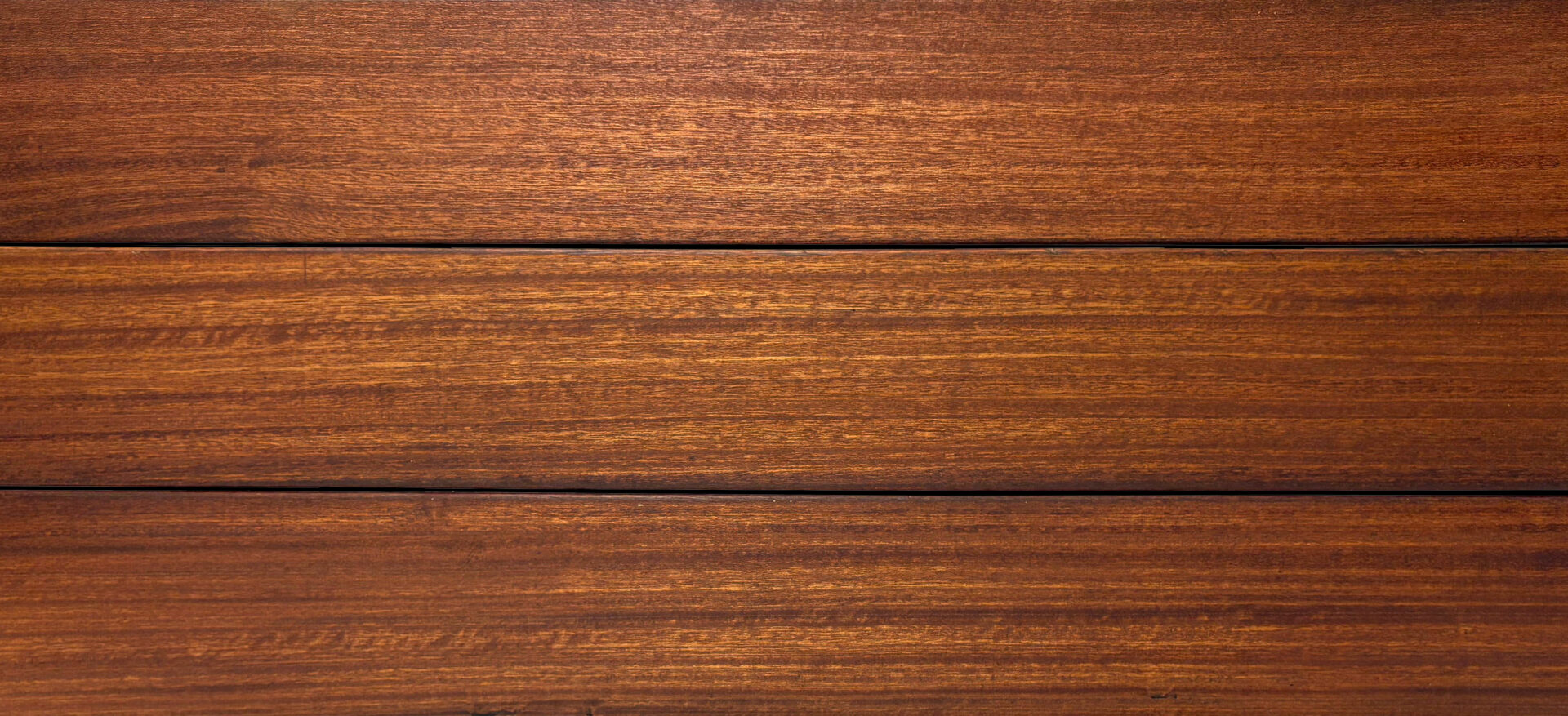
The Exotic Brown Look:
Thermally Modified Ash: Yes this is a domestically sourced option. Honestly I have stayed away from these options as North American domestic woods cannot match the grain and luster that a very dense tropical wood possess. But you cannot deny the coolness of a thermally modified wood. They are toally stable, rot and water resistant and Ash, normally an interior use only wood, can now be use for an exterior like a deck or cladding. About half as hard as Ipe but honestly still plenty hard for typical deck foot traffic. And the thermal modification bakes the Ash to a lovely dark brown. Also a 100% FSC product by the way. We finish it to keep the brown color with our Kiawah decking product, but as always you can leave it unfinished to turn a weathered grey.
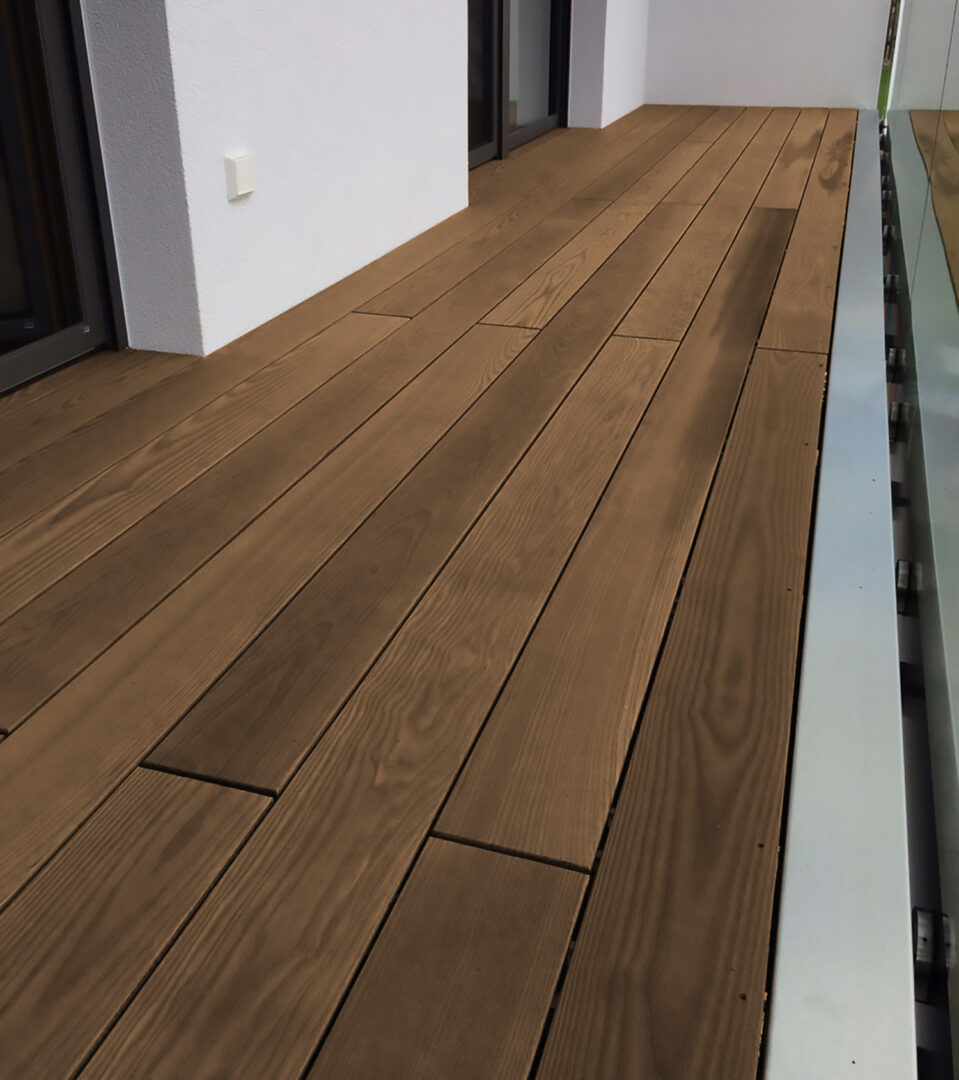

Bangkirai: also known as Yellow Balau this is a bit of an outside pick because it is more golden in color than Ipe. But it is also an FSC product coming out of Indonesia like it’s cousin, Red Balau, above. It is exactly this lighter color that allows it to take a finish so well and to deepen the brown color for that exotic brown look. Truthfully, Bangkirai is quite flexible when it comes to finishing and can take on several looks.

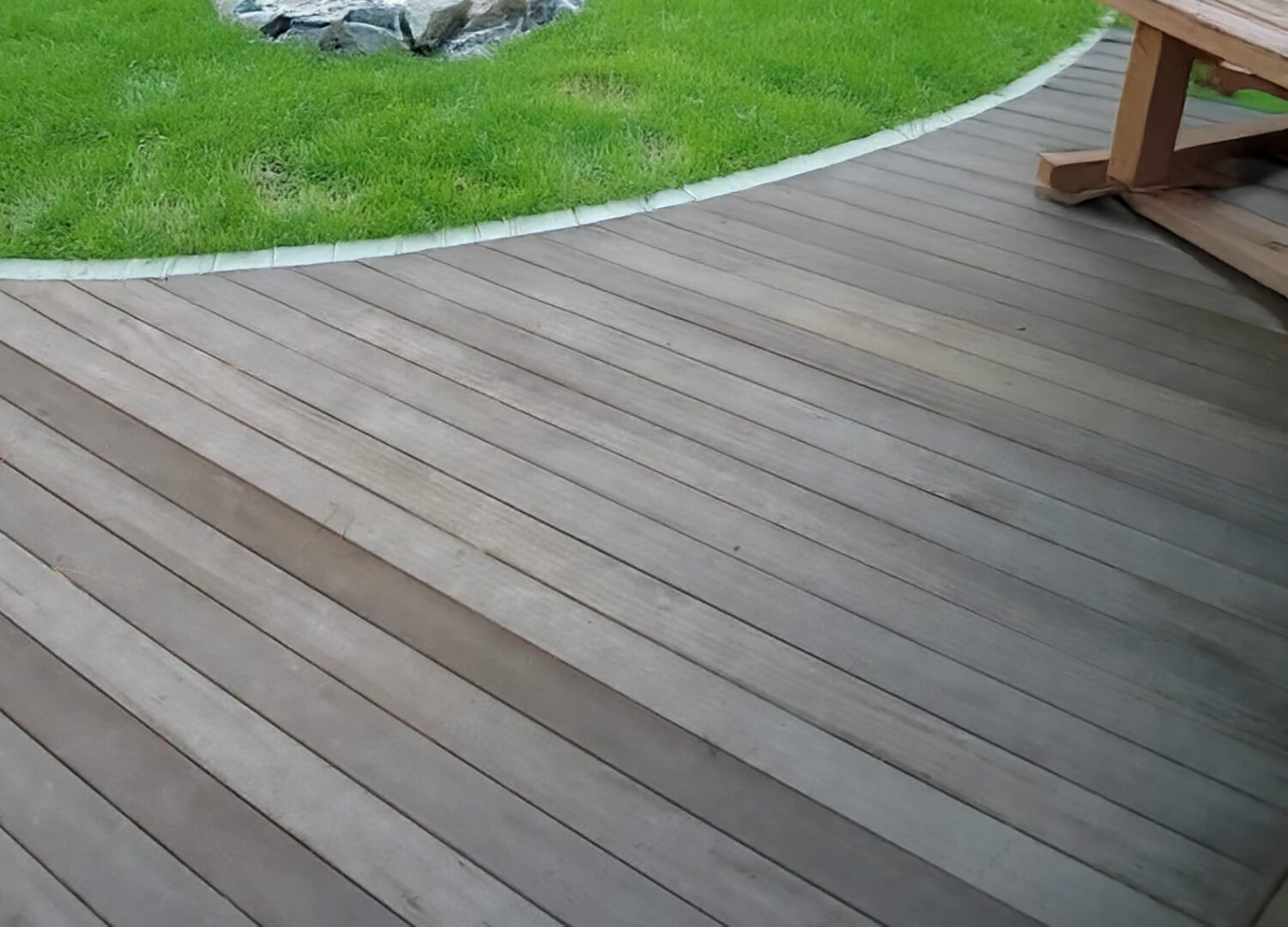
Outside the box Ipe alternatives
Maybe this Ipe and Cumaru change has sparked you to think outside the box. Maybe you want a yellow deck. Maybe a whitewashed look. Or maybe you just want that silvery grey weathered look from day one. There are a myriad of other products that can offer great sustainable and durable options for your deck project. There is a lot more information here on our site about these other options, but here are some ideas. I have featured several of our Alpha products in this article, but we have had great success in created weathered looks on any of these wood if you just don’t want to wait for it to go grey on its own. We offer extensive deck finishing options. If you want a pink deck…we can talk.
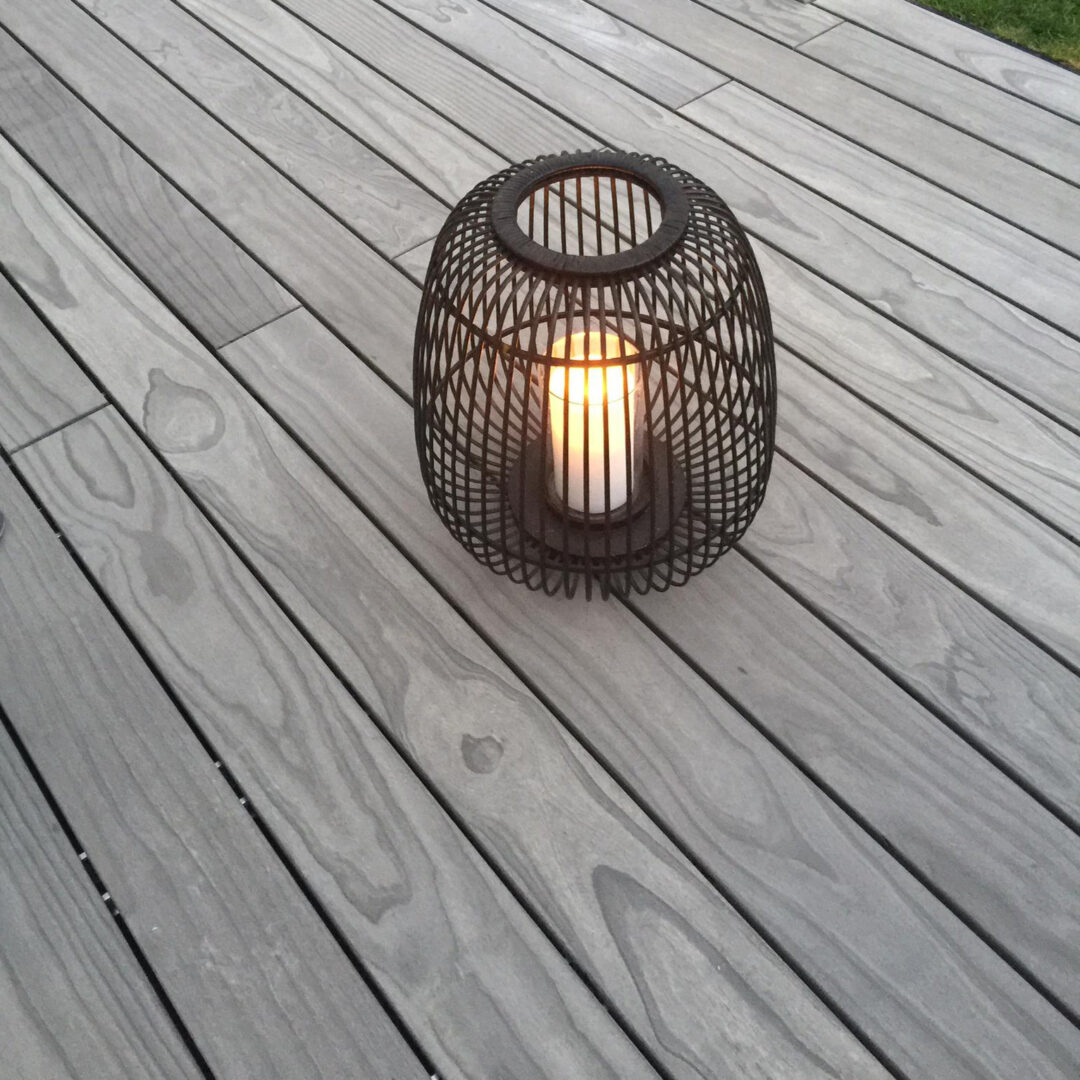
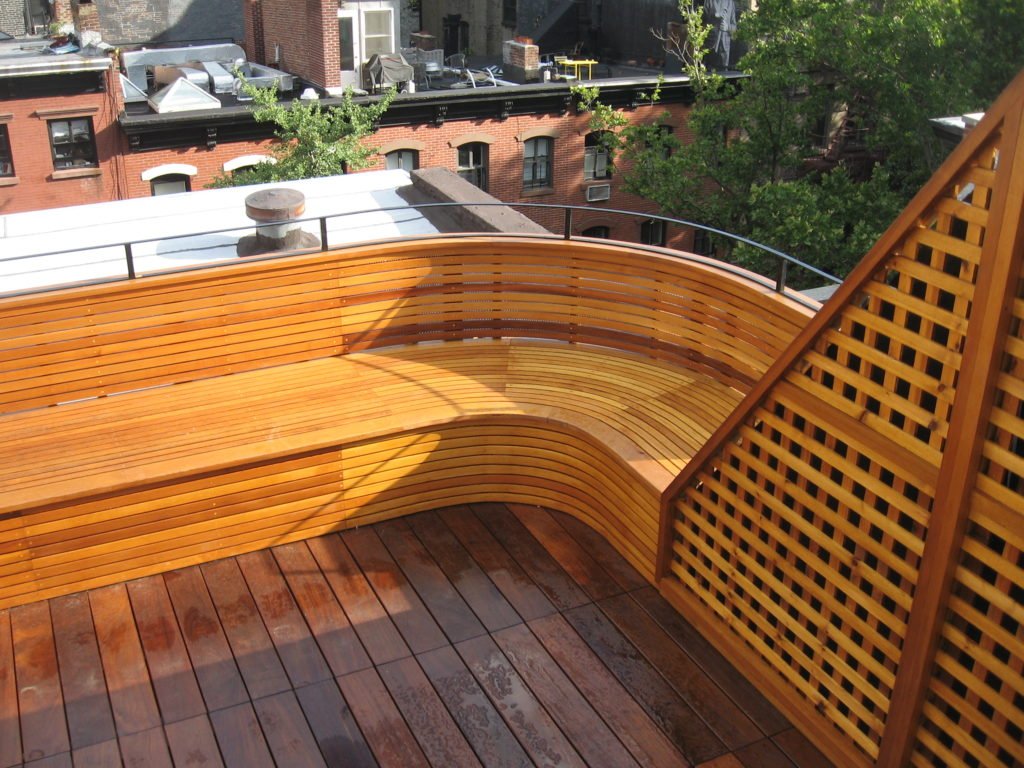
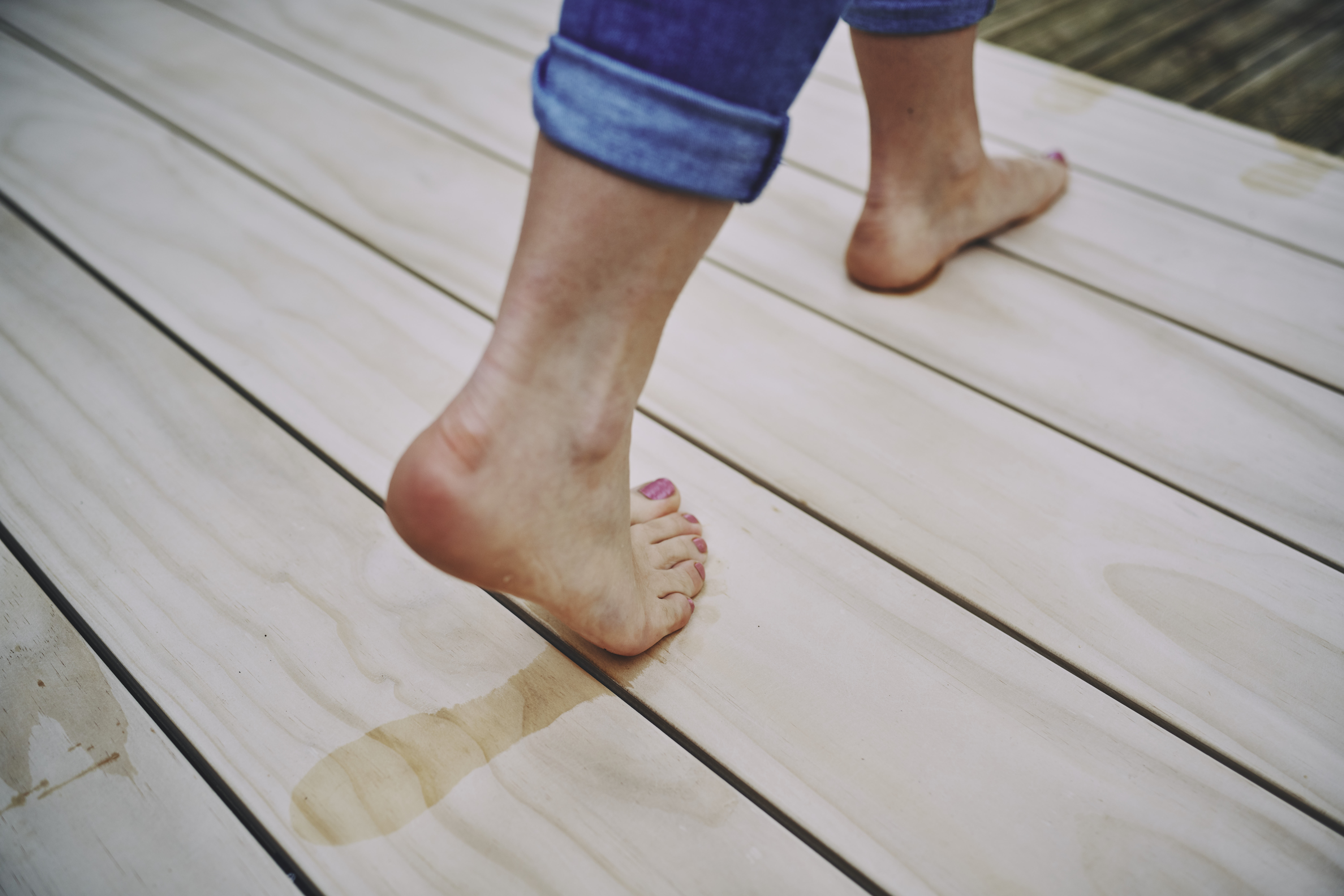
Future Outlook for Ipe Decks
The future of Ipe availability is increasingly uncertain. I know, this is the same thing you have heard me say for more than 15 years. But because of this constant pressure and uncertainty we have been closely considering alternative wood products and can with great confidence stand behind the alternatives listed above. Moreover we have this material already in stock on our yard and have been selling it for many years. These are proven wood species and not experimental or new products. The supply chains are established as are the sustainable forestry practice. Ipe is not gone but as demand continues to outstrip supply, market trends suggest that prices for Ipe will rise, making it a less accessible option for builders seeking quality decking materials. The good news is there are some outstanding Ipe alternatives already in use in our market that will fill the space.

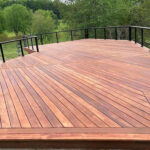

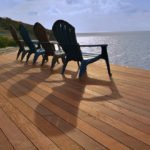
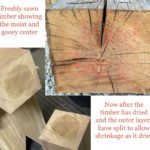
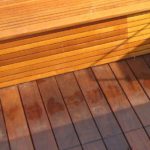
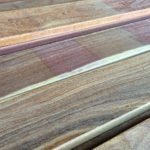
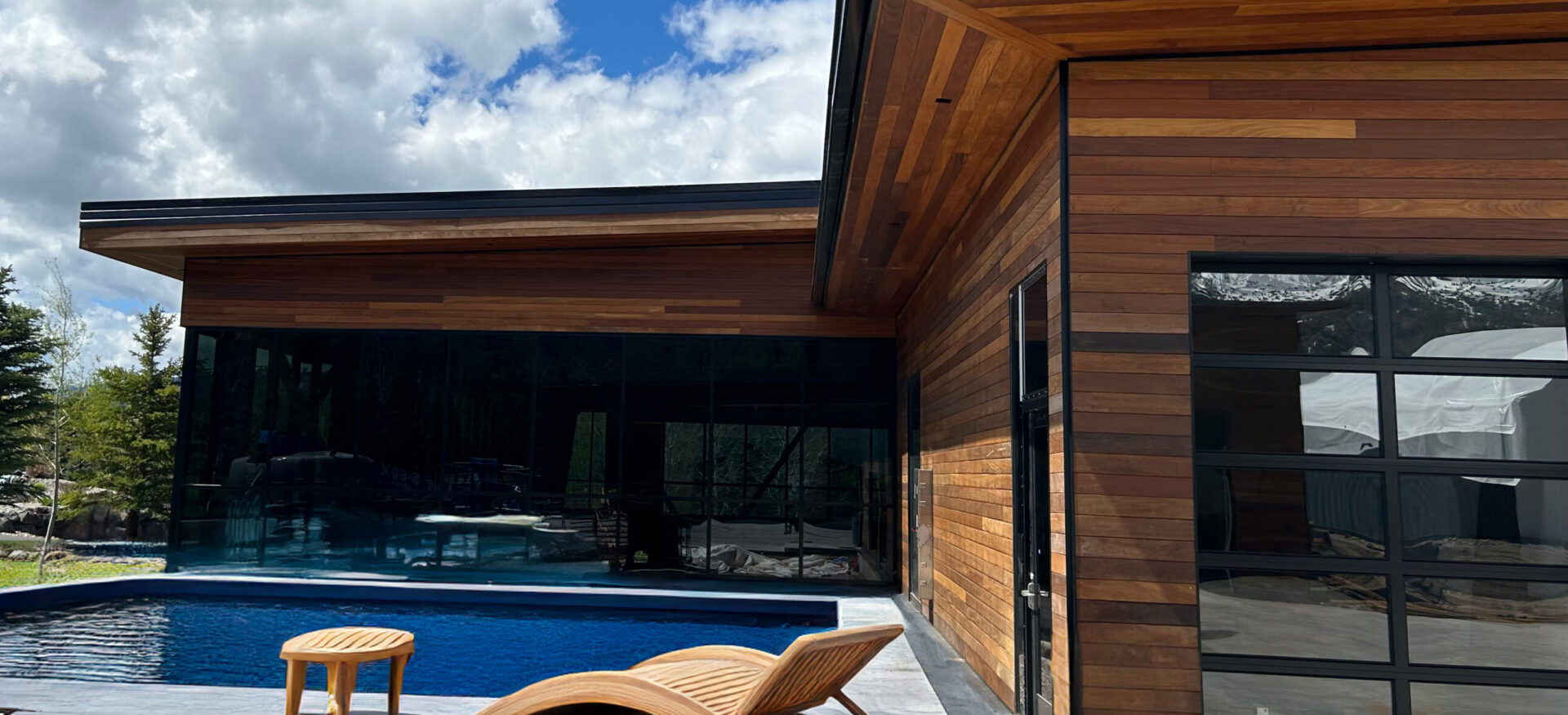

Leave a Reply